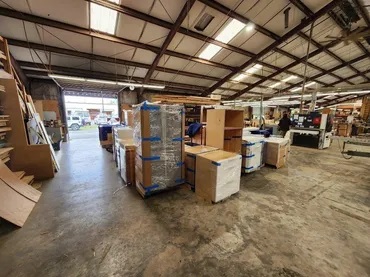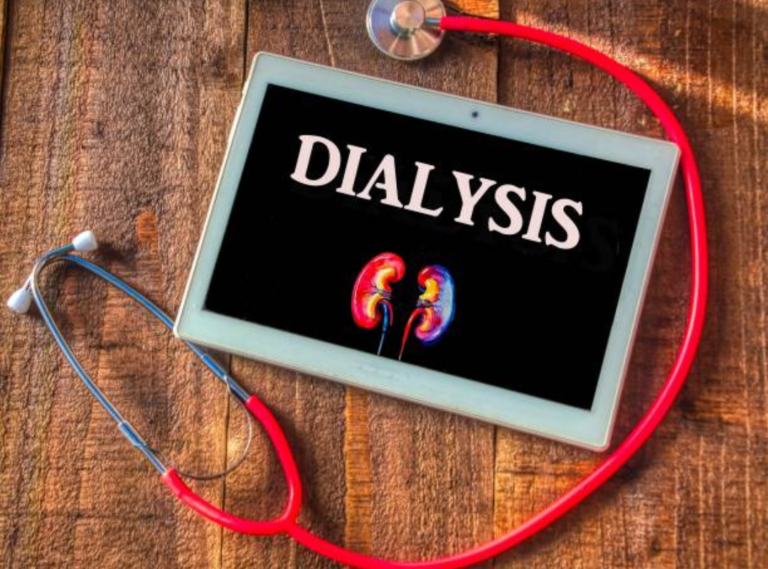The aerospace industry is witnessing a fundamental transformation in how pilots, operators, and technicians interact with aircraft systems. The migration from mechanical switches, analog gauges, and dedicated control panels to integrated touchscreen interfaces represents more than technological evolution—it constitutes a complete reimagining of human-machine interaction in aviation. Modern cockpit display system architectures enable capabilities impossible with traditional controls while simultaneously reducing weight, complexity, and lifecycle costs. This revolution extends across military fighters, transport aircraft, helicopters, unmanned platforms, and ground vehicles, fundamentally changing procurement requirements and system integration approaches.
Consolidation and Weight Reduction Benefits
Traditional aircraft cockpits contain hundreds or thousands of discrete controls—switches, knobs, circuit breakers, and indicators—each adding weight, complexity, and potential failure points. A typical military transport aircraft might feature over 2,000 individual cockpit controls, collectively weighing 80-150 kilograms including mounting structures, wiring harnesses, and panel assemblies. The cockpit display system revolution replaces this complexity with a handful of touchscreen interfaces weighing a fraction of traditional control assemblies.
This weight reduction translates directly into improved aircraft performance. Every kilogram removed from cockpit controls enables increased payload capacity, extended range, or improved maneuverability. For helicopters operating near maximum gross weight limitations, 50-100 kilogram reductions in cockpit hardware can enable additional passenger capacity or mission equipment installation. Unmanned aerial vehicles particularly benefit from weight optimization, as reduced control system weight improves endurance and expands operational envelopes.
Beyond primary weight savings, touchscreen consolidation eliminates complex wiring harnesses that snake through aircraft structures connecting individual switches to avionics systems. Traditional cockpits might contain 5-10 kilometers of control wiring; modern glass cockpits reduce this to simple data bus connections between displays and computers, further reducing weight while improving reliability by eliminating thousands of potential connection failures.
Dynamic Reconfiguration and Mission Adaptability
Perhaps the most revolutionary aspect of touchscreen-based cockpit display systems is their software-defined nature enabling radical mission flexibility. Military aircraft increasingly support multiple mission profiles—a fighter might conduct air superiority, ground attack, reconnaissance, and electronic warfare missions during different sorties. Traditional mechanical controls lock cockpits into fixed configurations that represent compromise solutions across diverse mission requirements.
Touchscreen interfaces dynamically reconfigure based on mission profile selection, presenting only relevant controls for current operations. An air-to-air mission emphasizes radar controls, weapon selection for air-to-air missiles, and communication systems; switching to ground attack mode transforms the same display surface to prioritize targeting sensors, precision-guided munitions, and datalink systems. This adaptability allows single aircraft to excel across mission types without cockpit compromises that reduce effectiveness in any individual role.
Transport and utility aircraft benefit similarly from reconfigurable interfaces. A C-130 might operate as a cargo hauler, medical evacuation platform, gunship, or aerial refueling tanker. Each mission type requires different control emphasis and information displays. Touchscreen cockpit display systems accommodate these diverse requirements through mission-specific display configurations loaded from central maintenance computers or selected by crew during mission planning.
Simplified Maintenance and Diagnostic Access
Touchscreen controls dramatically simplify aircraft maintenance compared to mechanical switch systems. Traditional troubleshooting requires specialized test equipment, extensive manual procedures, and significant technician training to diagnose failures. Modern cockpit display systems incorporate comprehensive built-in test (BIT) functionality accessible through intuitive touch interfaces, enabling rapid fault isolation without external equipment.
Maintenance personnel access diagnostic menus through the same touchscreens pilots use during flight operations. These interfaces present system health data, historical fault logs, and guided troubleshooting procedures that walk technicians through diagnostic sequences step-by-step. Interactive schematics highlight failed components and suggest likely causes based on fault symptom patterns. This capability reduces mean time to repair (MTTR) from hours to minutes for many common faults.
The software-driven nature of touchscreen controls also enables remote diagnostics and prognostic health management. Aircraft can transmit system health data through satellite links to maintenance operations centers where specialists analyze trends and predict component failures before they occur. This predictive maintenance approach optimizes spare parts positioning and maintenance scheduling, reducing operational downtime while preventing unexpected failures.
Enhanced Crew Coordination and Information Sharing
Multi-crew aircraft particularly benefit from touchscreen control architectures that enhance coordination and information sharing between crew members. Traditional cockpits with discrete controls and instruments create information silos—what the pilot sees on their instruments may differ from copilot displays, and both differ from navigator or weapons officer stations. This fragmentation complicates crew coordination and can lead to mode confusion or conflicting situational awareness.
Modern cockpit display systems enable synchronized displays where all crew members view identical information or selectively share specific data elements. A pilot identifying a potential threat can highlight it on their tactical display with the highlight automatically appearing on copilot and mission system operator displays. This shared situational awareness dramatically improves crew coordination during complex missions or emergency situations.
Touch interfaces also facilitate rapid information transfer between stations. Operators can literally “swipe” navigation waypoints, target coordinates, or sensor data from their displays to other crew member stations with simple gestures—no verbal coordination or manual data entry required. This capability proves particularly valuable during high-workload mission phases when crew communication becomes difficult.
Training Efficiency and Standardization
The standardization enabled by touchscreen cockpit display systems yields significant training efficiency improvements. Military and commercial operators maintaining diverse fleets traditionally face substantial training challenges as each aircraft type requires separate qualification programs. Even similar aircraft often feature different cockpit layouts and control schemes requiring extensive transition training.
Software-defined touchscreen cockpits enable standardized interface designs across different aircraft platforms. A pilot transitioning from a fighter to a transport aircraft encounters familiar control layouts and interaction patterns despite completely different underlying systems. Some advanced implementations allow displays to emulate different aircraft types, enabling transition training to occur on a single platform.
Simulator integration also improves when using standardized touchscreen interfaces. High-fidelity flight simulators can precisely replicate cockpit displays using commodity hardware, reducing simulator acquisition and maintenance costs while improving training realism. Changes to operational cockpits through software updates can be instantly replicated in simulators, ensuring training devices remain synchronized with aircraft configurations.
Integration with Next-Generation Technologies
Touchscreen control architectures provide essential foundations for emerging technologies transforming aerospace operations. Artificial intelligence systems that assist pilots with threat recognition, mission planning, and autonomous flight require intuitive interfaces for human interaction. Cockpit display systems provide natural interaction paradigms for AI collaboration—pilots can accept or modify AI-suggested courses of action through simple touch gestures rather than complex mode selections or data entry.
Augmented reality overlays that superimpose information on real-world views through helmet-mounted displays or head-up displays require sophisticated integration with primary flight displays. Touchscreen interfaces enable pilots to manipulate augmented reality elements—selecting targets, adjusting information overlays, or accessing detailed data about visually highlighted objects—through familiar interaction patterns.
Suppliers like Aeromaoz, recognized globally for rugged mission-critical HMI solutions, are at the forefront of integrating these advanced capabilities into qualified display systems suitable for military and commercial aviation applications, ensuring technology advances translate into operational capability improvements.
Conclusion
The revolution in touchscreen cockpit display systems continues accelerating as enabling technologies mature and operational experience validates benefits. For procurement professionals and system engineers developing next-generation platforms, embracing touchscreen control architectures is no longer optional—it represents the only viable path toward aircraft that remain operationally relevant throughout multi-decade service lives while accommodating inevitable technological changes and evolving mission requirements.



